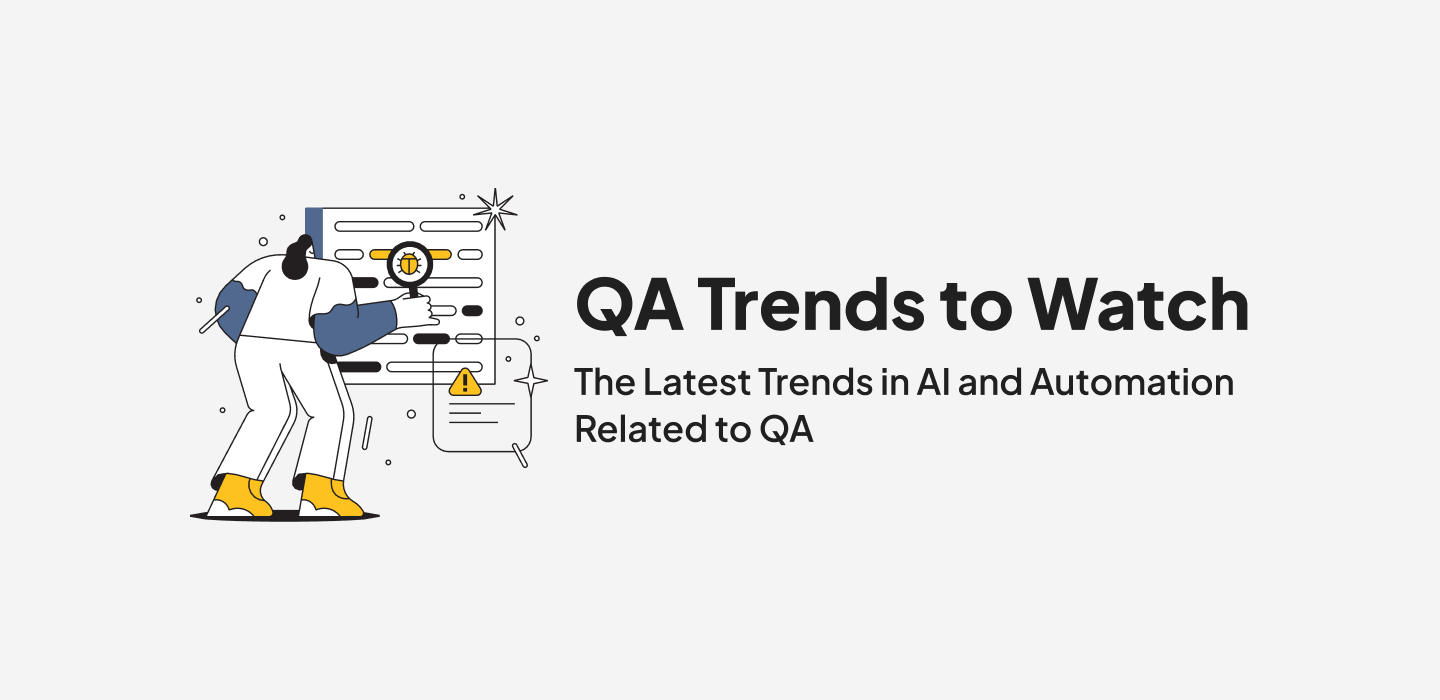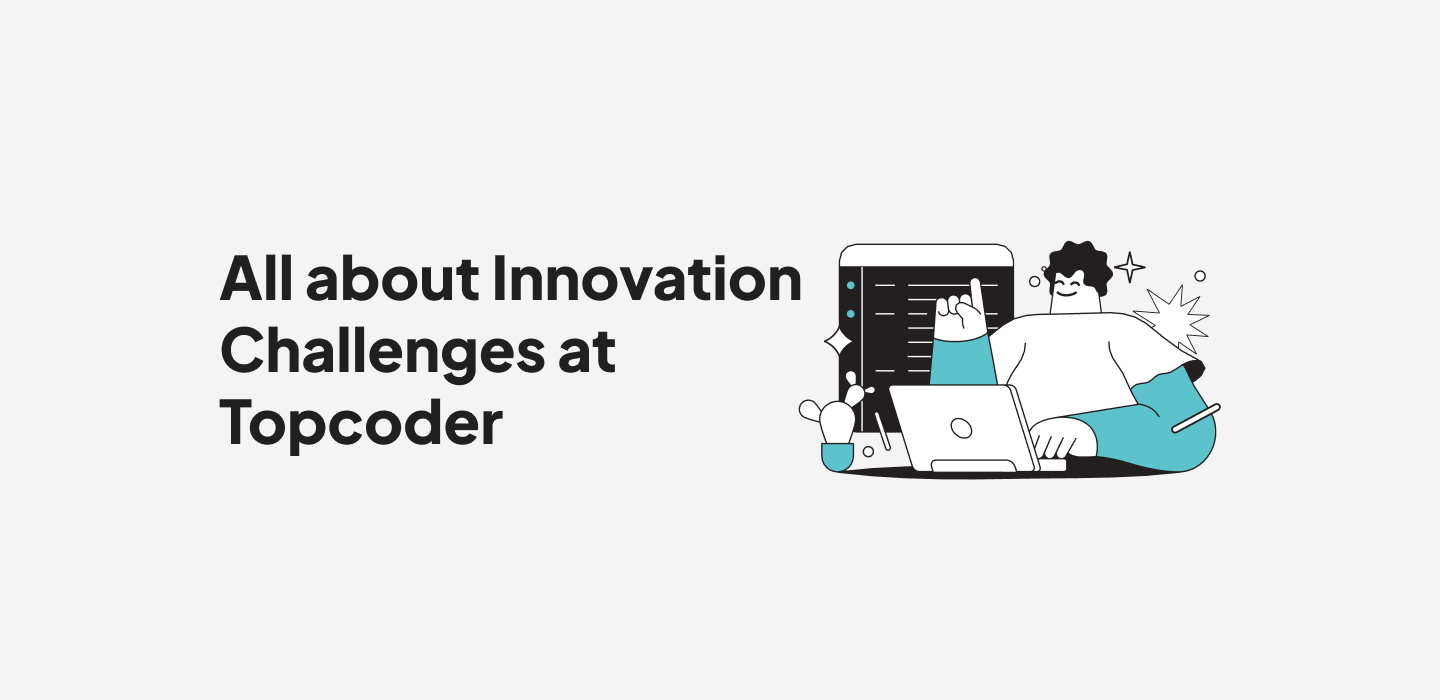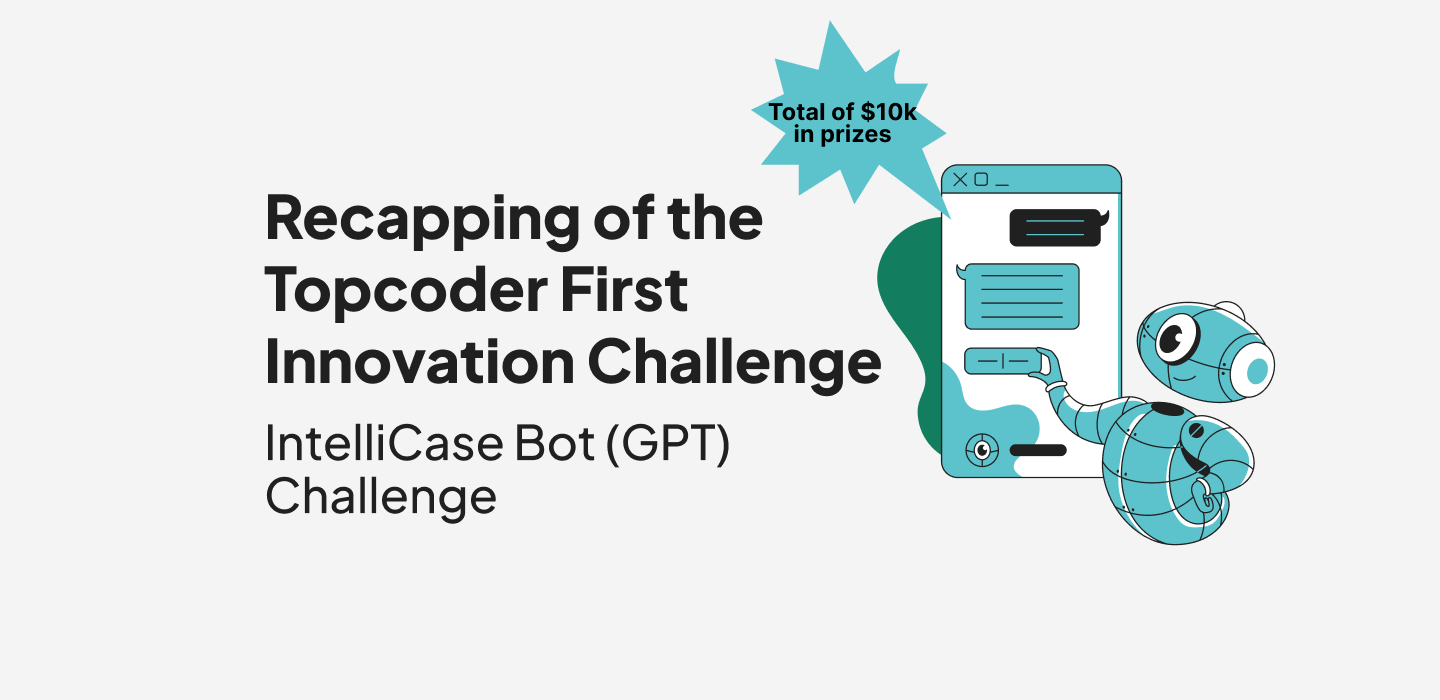August 16, 2019 Topcoder’s Weather Challenge Aims to Extend Forecasts From 10 Days to Six Weeks
Water managers—the people who plan, develop and distribute our water resources—depend on weather forecasts to accurately predict the water needs of communities and businesses. But weather can be notoriously difficult to predict. Until now.
A new crowdsourcing challenge series on Topcoder is asking competitors to increase weather prediction accuracy. That includes predicting conditions related to drought or flooding. The goal is to support water managers as they navigate the uncertain future of climate change. Topcoder hopes to extend accurate temperature and precipitation forecasts—also called the “sub-seasonal” forecasting—from the current gold standard of 10 days to a forecast length of four to six weeks.
Topcoder has partnered with the US Bureau of Reclamation (USBR) and National Oceanic and Atmospheric Administration (NOAA) to host the Rodeo 2 Challenge series. For more detail, check out this video in which Nick Castillo, Community Manager at Topcoder, and Dan Wright, Program Manager at Topcoder, talk with the Bureau of Reclamation team about the year-long series of challenges.
Weather Challenge Contestants Must Analyze Subtle Weather Patterns
Sub-seasonal climate forecasting, falling between traditional short-term outlooks and longer-range seasonal predictions, has presented unique challenges for water managers. Short-term forecasts are based on readily observable weather patterns. Looking beyond the 10-day window requires more complex analysis of subtle patterns. The interplay between land, oceans, and atmosphere must be considered, and predictions are based on our current ability to measure and record weather data, which will never be perfect.
What’s the Value of More Accurate Predictions?
Having accurate sub-seasonal predictions will enable water managers to reduce the impact of hydrologic variations. With more time to prepare for extreme precipitation events or intense drought, managers can allocate the valuable resource of water and reduce adverse effects on communities. The USBR team must strike a delicate balance between having enough water in reservoirs to serve community needs while avoiding damaging floods during wet periods. The solutions resulting from this Topcoder challenge will be used when USBR teams allocate water resources to farmers and communities. As well, the solutions will be used when they decide to divert water away from a particular system to prevent flooding. Municipalities might also use them when they decide what their water needs will be in a given season. Individual farmers could use the results when they make decisions about planting schedules or irrigation.
Crowdsourcing Supplies High-Performing Water Management Solutions
The USBR and NOAA are turning to crowdsourcing because it has the power to deliver higher-performing solutions from specialized data science talent. The USBR is starting to value crowdsourcing over the traditional grant process for some of its toughest challenges to start tackling this forecasting issue. In the sub-seasonal climate forecasting challenge, the Topcoder community will compete to develop the best algorithms based on historical data to enhance longer-range weather prediction.
Leveraging the intelligence of crowdsourcing is a force multiplier when addressing today’s global issues. Head over to Topcoder to check out more about this and other Topcoder challenges and projects that are helping to solve real-world issues like water management.
VP, Marketing


